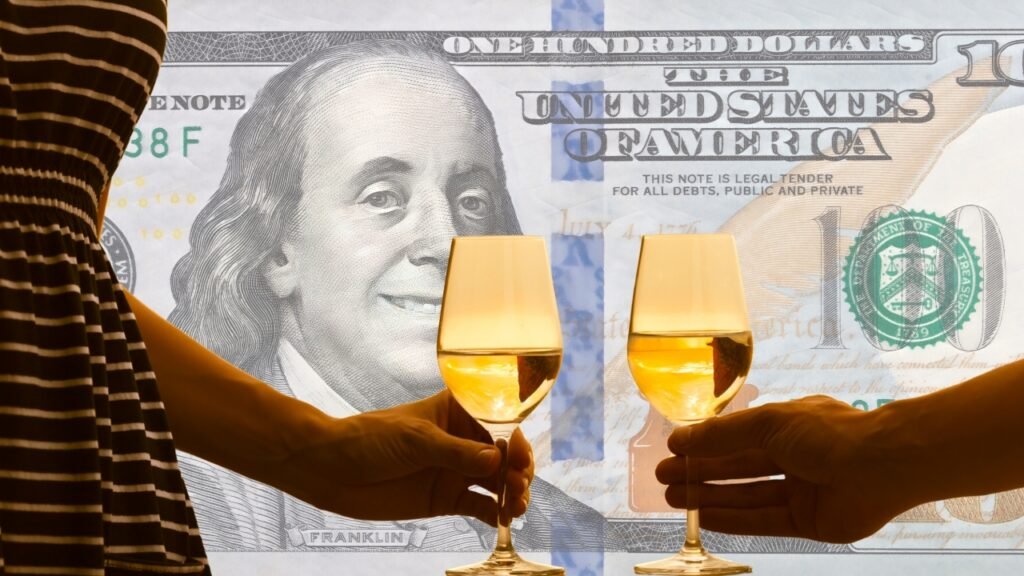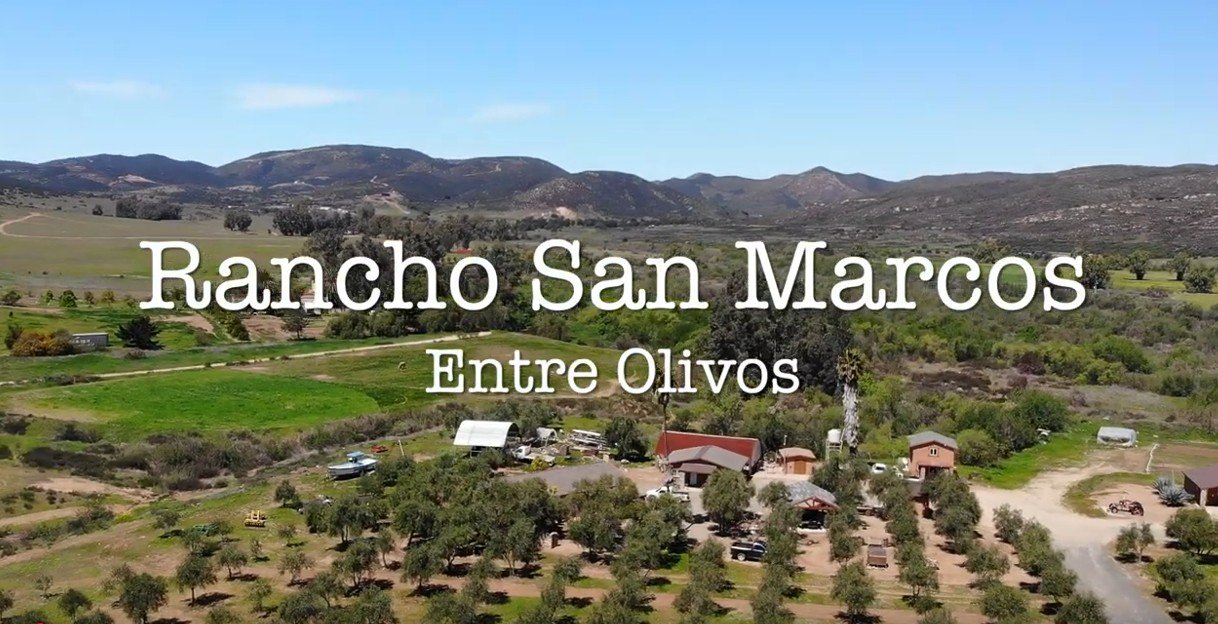How Valle de Guadalupe Can Beat the Falling Dollar and Improve Tourism Economy
Valle de Guadalupe, Baja California’s premier wine region, has long been a favorite for U.S. citizens seeking picturesque vineyards, boutique accommodations, and gourmet experiences at affordable prices. However, recent economic shifts—particularly the weakening of the U.S. dollar and the Trump administration’s aggressive tariff war policies—are poised to reshape tourism dynamics in the area in 2025 and beyond.
The Declining U.S. Dollar: Implications for Travel
Contrary to past trends, the U.S. dollar has taken a significant hit against major global currencies in 2025. The U.S. Dollar Index, which measures the dollar’s value against a basket of six major currencies, fell over 4% in April—its worst monthly performance in more than two years. Against the Mexican peso, the decline has been even steeper, with the exchange rate dropping from 19.58 pesos per dollar in late April to just 18.50 pesos per dollar today.
This trend appears to be no accident. With China selling off U.S. Treasuries and global resistance growing against perceived U.S. hegemony and economic bullying, the dollar is in retreat. Add in the intentional devaluation by U.S. policymakers—meant to encourage the return of manufacturing to U.S. shores—and the greenback’s downward slide may be just getting started.
For U.S. residents who carry US dollars, this depreciation means fewer pesos for each dollar spent, making travel to Mexico more expensive. Valle de Guadalupe, once an ultra-affordable luxury getaway for U.S. tourists, may soon see a shift: fewer U.S. visitors, more domestic Mexican tourists, and perhaps an uptick in travelers from stronger-currency countries like Canada and Europe.

Trump’s Tariff War and Economic Uncertainty
The Trump administration’s new tariffs—ranging from a staggering 120% to 145% on Chinese imports—have jolted global markets into volatility. While these tariffs primarily target China, the broader ripple effects reach far beyond, impacting economies like Mexico’s that are deeply intertwined with global trade.
In Valle de Guadalupe, these tensions could impact tourism in several key ways:
- Supply Chain Disruptions: Higher costs for imported goods could make hospitality and wine production more expensive, driving up prices for visitors.
- Inflationary Pressures: Economic instability often triggers inflation, further raising the costs of services and goods—an issue that could deter budget-conscious travelers.
- Investment Hesitancy: Unpredictable trade environments create uncertainty for investors, potentially slowing down development projects critical to enhancing the visitor experience.
Best of BnBs, Resorts & Hotels
Loading…

Strategic Responses for Valle de Guadalupe
The good news? Valle de Guadalupe can adapt—and even thrive—if it takes smart, proactive steps, including:
- Diversifying Target Markets: Broadening marketing to attract tourists from stronger-currency countries like Canada and Europe can help fill the gap left by fewer U.S. travelers.
- Enhancing Value Propositions: Focusing on the region’s world-class culinary, wine, and cultural offerings can justify premium pricing, especially if layered with creative promotions and deals.
- Strengthening Local Supply Chains: Reducing dependence on imports by sourcing locally will not only control costs but also bolster the regional economy.
- Lobbying for Direct Canadian Flights: Currently, Canadian tourists eager to avoid the U.S. have no direct flights to Tijuana—they’re going to Cabo, Cancun, and Puerto Vallarta instead. Tourism leaders could lobby airlines like Volaris and Aeromexico to open direct routes from Vancouver and Toronto to Tijuana, tapping into a large market that would love a wine-country alternative.
Ultimately, as 2025 and 2026 unfold, we can expect a natural pivot: more affluent domestic Mexican tourists from Tijuana, Mexicali, Monterrey, Guadalajara, and Mexico City will fill the void left by U.S. tourists facing shrinking purchasing power.
With collaboration and forward-thinking action, Valle de Guadalupe can not only survive this shift but also come out stronger, continuing to offer world-class experiences to all visitors and raising the prosperity of the entire community.

Pro Tip for U.S. Residents Traveling to Baja
If you’re planning a trip to Valle de Guadalupe—or anywhere in Baja—maximize your travel budget and offset the higher costs caused by the weaker dollar. Get yourself a Baja Discount Card — it’s the ultimate insider tool for unlocking exclusive discounts at hotels, restaurants, wineries, and adventure tours across the region.
Why pay full price when you don’t have to? Grab your Baja Discount Card today and make your next Baja getaway even more unforgettable (and affordable)!

Charles Bivona Jr aka “Coach JP Money”, is the founder of Coach JP Money. He is a seasoned expert in financial coaching and wealth-building. A multifaceted visionary, Charles is also a writer, global citizen, eco-activist, musician, artist, entertainer, entrepreneur, investor, life coach, and syndicated columnist.
Charles’ journey began with a solid education in accounting, finance, and business at the University of Nevada, Las Vegas, and California State University, Fullerton. At just 17, he made his first real estate investment with no money down, igniting a lifelong passion for financial independence. By 1998, he had achieved debt-free status and has been building wealth ever since.
As an entrepreneur, Charles owned and operated five national newspapers in the U.S. before transitioning to digital media. He founded and managed influential online platforms, including HireVeterans.com (2004–2020) and VT Foreign Policy (2004–2023).
A proud expat since the late 1990s, Charles resides in Baja, Mexico, with his wife whom he married in 1985. Together, they have three adult children and seven grandchildren. Their eco-conscious home, built with sustainable super-adobe techniques, is now a luxury retreat known as Hacienda Eco-Domes.
Under his music alias Johnny Punish, a name coined during his days fronting the underground punk band Twisted Nixon, he continues to inspire through his art and advocacy through his newest musical adventure; Punish Studios.
Today, as “Coach JP Money” Charles dedicates his life to helping others achieve financial mastery and personal success, sharing decades of experience and wisdom through his coaching, writing, and creative endeavors.
Read the full bio at PunishStudios.com >>>











